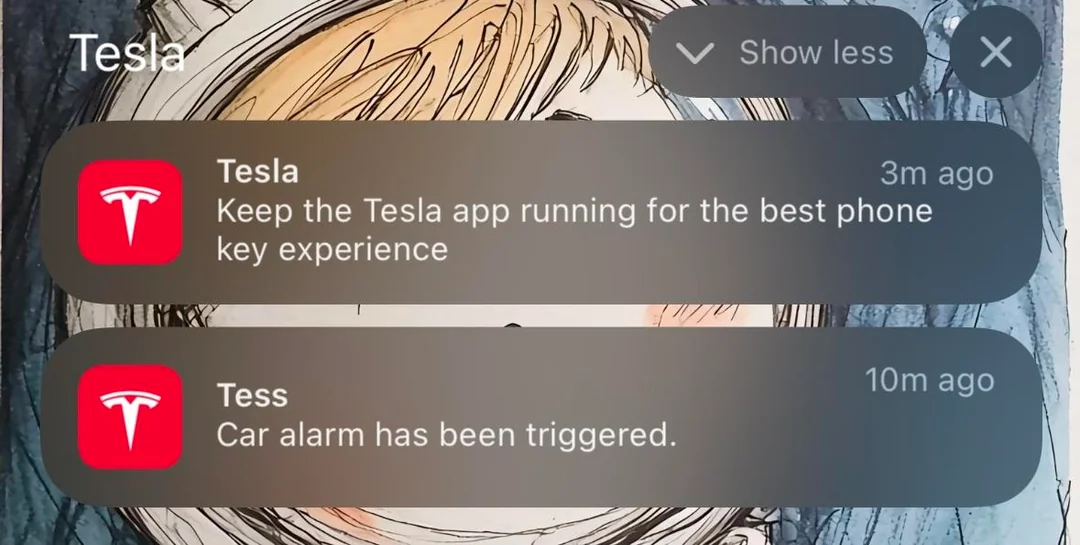My Tesla triggered alarm randomly in middle of night
I took my car for a wash and simply used a pressure washer to rinse off dirt. After that, I parked my car at 5 PM on Saturday. Then, at 2:40 AM on Sunday, my car’s alarm suddenly went off, and I received a notification that the alarm had been triggered. I rushed to the parking area, but there was no apparent reason for the alarm.
I went back to my apartment, and the alarm triggered again. This time, I noticed the driver’s side door was open, even though I was certain I had closed it earlier. I closed the door again, returned to my apartment, and just 7 minutes later, the alarm went off again. The app once again showed the driver’s door as open.
At this point, I asked my wife to come with me to verify that I was closing the door properly. I also rebooted the car from the screen (without holding the scroll wheels for 15 seconds). About 50 minutes later, the door appeared to open by itself again, triggering the alarm. I went back to the car, sat inside for a while, defrosted it, rebooted it again, and downloaded a software update. After starting the installation process, I left the car and returned to my apartment.
Thankfully, this seems to have fixed the issue.
While troubleshooting, I noticed that when I tried to close the door, it wouldn’t close properly, and the windows were slightly rolled down (though not completely). After rolling up the window and trying again, the door finally shut correctly. I also checked the locking mechanism to make sure nothing was stuck in it, but everything looked clean and fine.
For context, I own a Model 3 RWD Standard Range Highland, purchased at the end of November 2024. I live in Germany and the temperature was around -9 degree centigrade. It was snowing too.